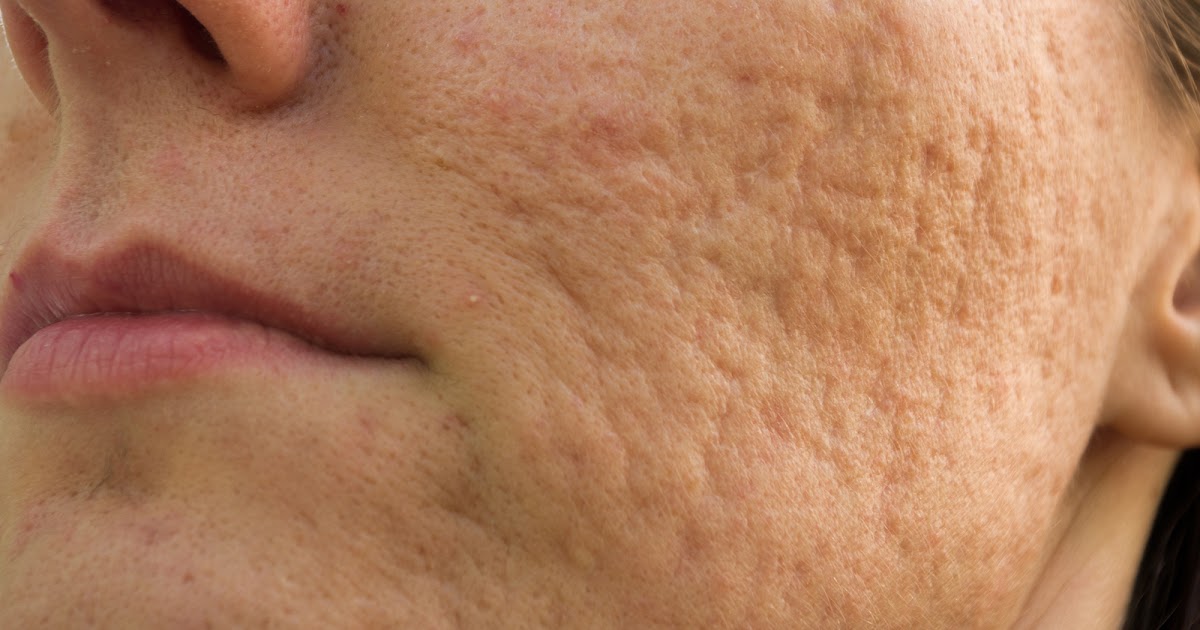Health Benefits Of Microneedling
Treats Minor Scarring

Microneedling also treats minor scarring as it helps repair damaged tissues in the skin. The results of microneedling on acne scars have been widely investigated. A 2015 study is one of the several to assess the procedure's effectiveness. Over the course of three months, ten Egypt-based participants (half male, half female) were given treatment every two weeks. Following treatment, the patients were instructed to use topical antibiotics and sunscreen of at least thirty SPF for protection throughout the day. Scars were improved fifty to sixty percent three months following initial treatment. Furthermore, it is shown microneedling can treat non-acne scars as well such as those induced by surgery, burn injuries, trauma, and chickenpox.
Get the details on the next way microneedling is said to benefit health now.
